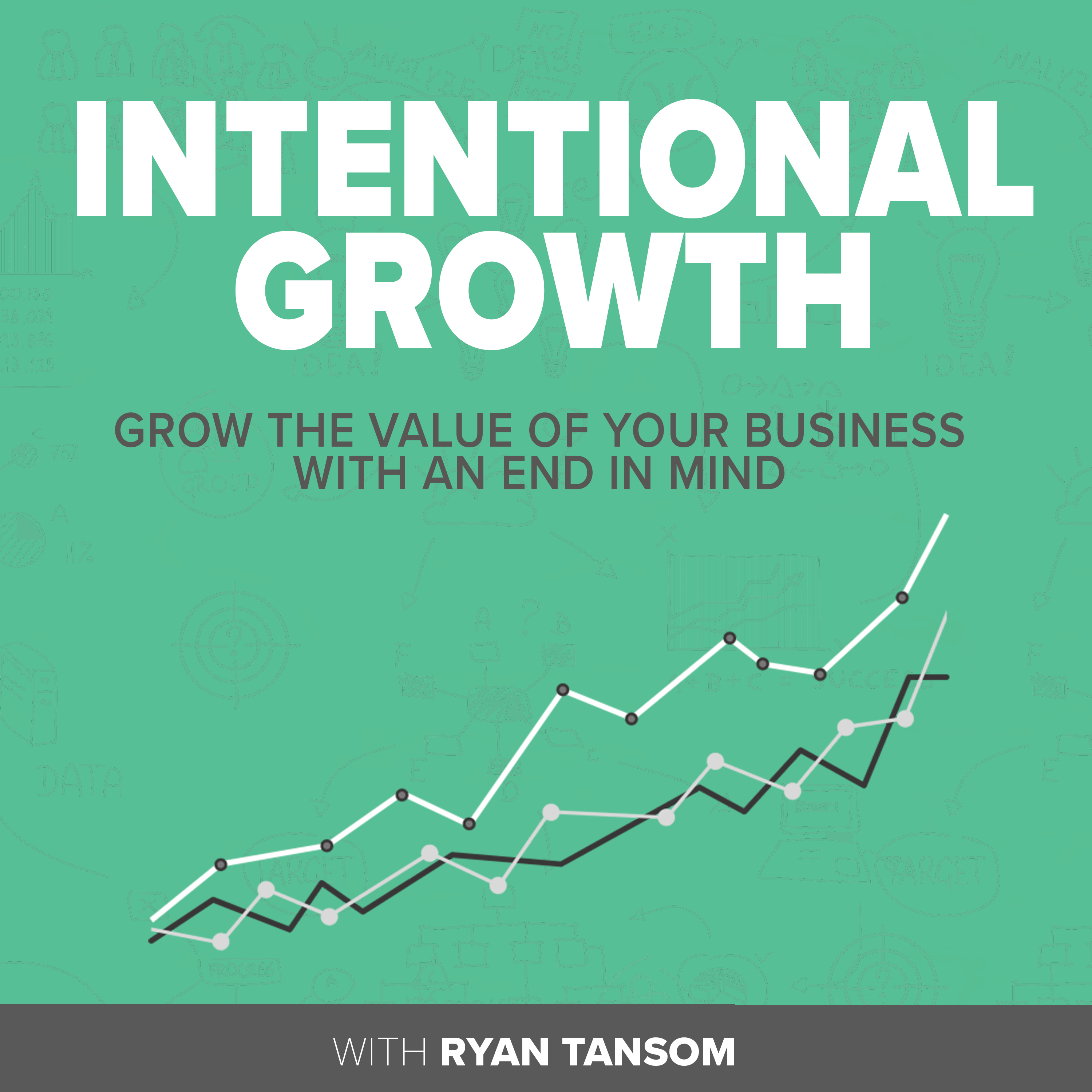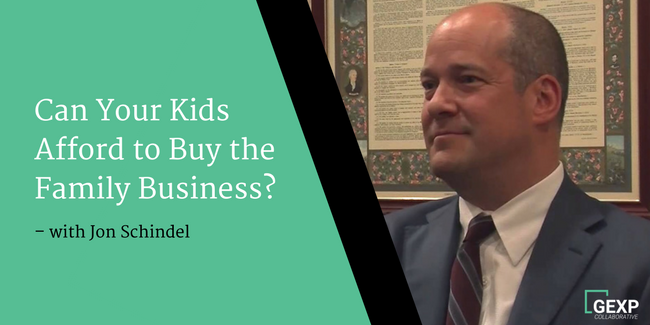My guest today is Larry Anderson. Have you ever wondered what you would do if your biggest client suddenly dropped you? Larry has experienced that first hand. He is an “accidental entrepreneur” that came back home to help with the family business. Since getting his start in the industrial repair field, Larry has pivoted into many technology niches including contract manufacturing and most recently, the online freelance market.
During today’s episode, Larry walks me through his business experience and offers some hard-learned lessons. He is inspirational for his tenacity and flexibility within his industry. If you are looking at a possible pivot, Larry Anderson is an excellent example of staying positive and moving forward.
Today’s guest covers a couple of big risk topics, namely lack of customer diversification and technical expertise. We all get into our businesses to satisfy a need and should never undervalue our expertise in that market, but when it comes to expanding to areas we aren’t familiar with (including selling our business), it’s best to reach out to others who have a greater understanding of these areas. For Larry Armstrong, these two factors caused him to become an entrepreneur in the first place and have led to the reason why he is on the show today.
When it comes to customers, there is safety in numbers. Larry, however, had a business where one client made up 99% of their revenue. While that wasn’t a concern for him at first because that client was so reliable and they had such great communication, it eventually became a bit of an issue. As much as you want to trust the people you work with on a daily basis, the bottom line is that each one of us has to look out for what’s in our best interests. When Larry’s client eventually came to the conclusion that different services would better suit their needs, Larry was left holding the bag and putting money into a company that wasn’t putting out returns.
Eventually the client let Larry know that his services weren’t required anymore, but Larry had already been hanging on for two years and not turning a profit. While there are some businesses that do only have one or two major clients, it’s important to get as much information from them as possible about their future plans so you’re not left in the lurch—or, better yet, go out and actively seek new clients so your portfolio is more diverse.
Another way to decrease risk for your business, without necessarily expanding your clientele. Go for long-term contracts and renewable contracts. The more locked-in a client is, the more likely they are to stay. Clients stay where they’re comfortable and well taken care of, so as long as you are fulfilling your contractual obligations with this client, you should have no issue getting a long-term contract from them. This gives you an idea of the stability of your future earnings by those who agree to stay for the long-term and being shown those who are flight risks.
When Larry sold this company, while he asked around for advice, he didn’t get what he could have out of the situation. He sold for 1.5x revenue (though his company wasn’t doing the best in sales at this time) to the general manager and had to finance part of this deal himself. He suggests reaching out to a professional for advice and getting the business ready for sale far in advance. No matter how much you like or trust a person, you should always get an unbiased party involved to help with the transaction so it is fair for both parties and also so that contingencies are taken into consideration. As it was, two years after he sold his business to the GM, the GM died unexpectedly and Larry never received full payment and there was nothing in place for business continuity at that point, either.
While getting advice while selling your business is a good idea, you still need to evaluate who is giving you that advice. You’ll need to consider their fit—do they understand what you’re looking for in this business exit and transaction and are they familiar with your industry? If the advisor makes sense for you to use, great; but if he or she doesn’t, it’s important to find the one who does. Don’t settle because then you’ll end up accepting a lower-quality deal, whether from a financial or emotional standpoint.
Before you make the decision to sell your company, you need to think about what selling means to you. And you need to do this years in advance! There can never be enough preparation when it comes to selling your business. Figuring out your operations and finances, looking for any potential skeletons (risks) in your closet and all the other elements involved in getting a full and thorough valuation is vital for the sales process. Once you know what your company’s worth, you can start negotiating for things that might matter more to you than simple dollars—things like legacy, brand and reputation.
When you are surprised by a sale or suddenly reach your point of fatigue and decide to sell in a single moment, you are more than likely leaving money on the table and not securing your company’s future. Prepare for this by starting your due diligence now so you can be ready for whatever comes at you.
When you reach rock bottom, all you can do is rebuild—or sell. When Larry’s company ran out of clients and revenue, he decided to pivot his business. He stayed in his industry, but changed his market focus. In doing this, Larry’s business was able to recover and start churning out a profit again.
Larry had plenty of cash to help him with this pivot, so avoided bankruptcy claims or the need to seek outside investors. However, there are plenty of options available to a willing business owner when a pivot is required for sustainability and continuity. Don’t be afraid to rebuild yourself if you want to continue operating as a business.
It’s important to read your market and stay abreast of current trends and demands. If you see your particular niche narrowing to the point where you’re not sure if you can continue as a going concern, do a market evaluation and figure out where a potential pivot is for your company.
Gihgs
Larry Anderson on LinkedIn
Larry’s email
Larry Anderson is a business development and sales expert. He studied marketing at the State College of Florida-Manatee-Sarasota for a short time. He began his “accidental” career in entrepreneurship with his family’s industrial repair company in Minnesota. After growing the business and expanding to Wisconsin, Larry sold the business to his general manager. He learned some tough business lessons in the process that he carried into his second endeavor.
Larry focused on contract manufacturing. The company ran wildly successful for 10 years. When a major technology breakthrough decreased the demand for his product, Larry pivoted into automation. He stubbornly ran the business for another 8 years before selling to a larger and well-respected local company.
He bounced between companies before settling into his most recent business. Gihgs.com embraces the online freelance market trend. “Gihgs.com is the new marketplace that helps trusted, independent talent (gihgsters) connect with flexible work (gihgs). We welcome you to join us; sign up today at www.gihgs.com as a gihgster to bid on available tasks/ jobs (gihgs) or post free gihgs as a customer and get work done!” — Larry Andersen

Girish Redekar is the founder of RecruiterBox, an IT pro and SaaS business expert. In this entrepreneur story, Girish talks about how he started...

Father and son team Chris and Graham McConnell are the founders of Nth Round, a software platform that allows business owners and potential investors...

Are you a parent thinking about handing down your business to your kids, but you’re not sure how to divide the earnings and the...